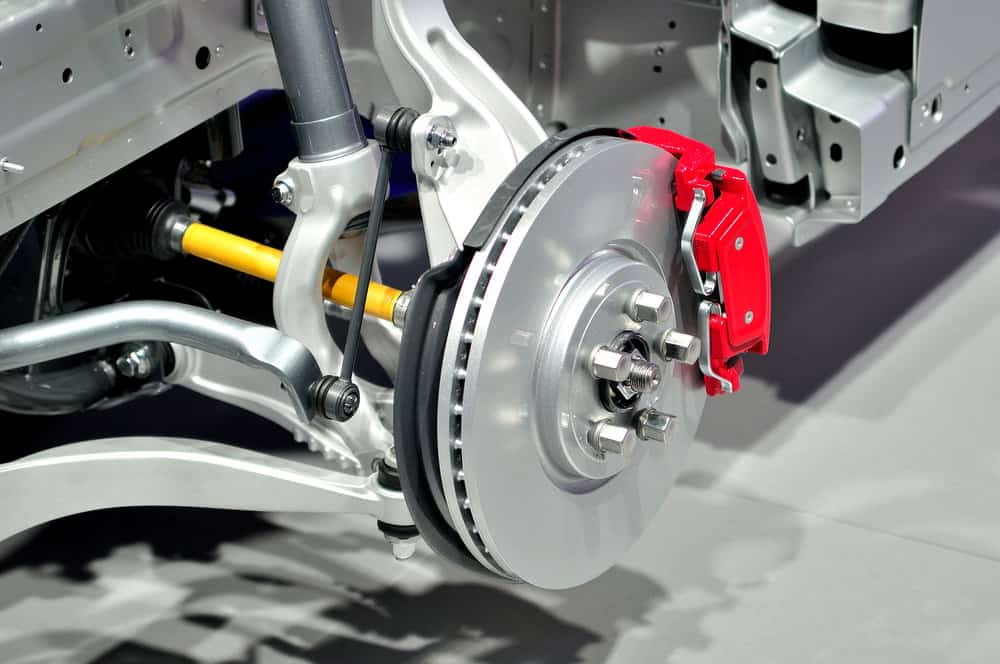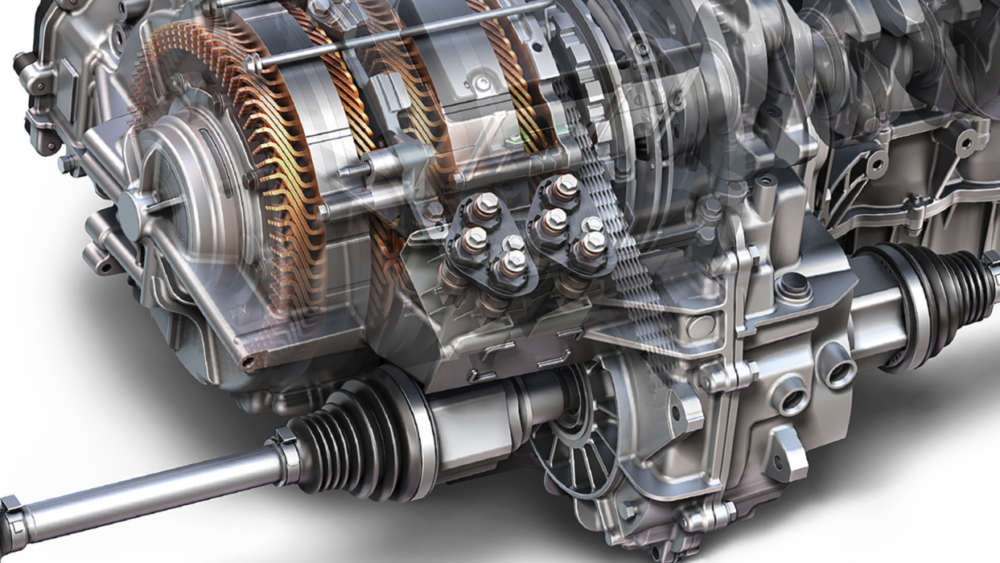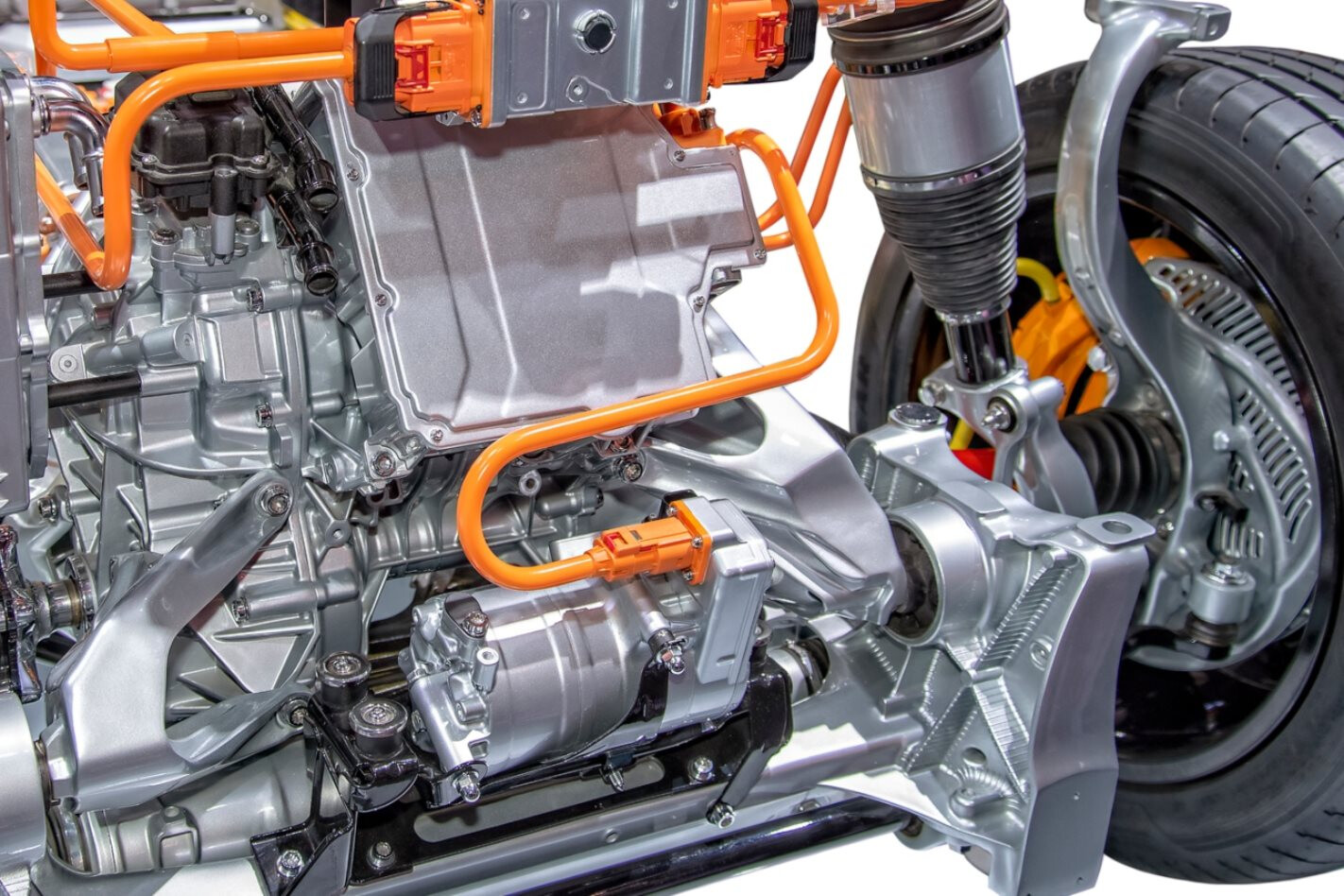Regenerative braking is among Tesla’s most revolutionary technologies. Driving with only one pedal brings your electric vehicle to a complete halt while re-directing power to the batteries. It also cuts down on brake wear. All-electric cars include regenerative braking; an innovative and energy-saving feature (EV).
Regenerative braking enables your automobile to recapture part of the energy used to push the vehicle ahead by slowing down and stopping. The automobile begins to decelerate when the driver releases the gas pedal.
When the Tesla EV senses slow down, it switches the car’s rotors from power-generating to power-saving mode. This is accomplished by collecting energy from the car’s movement and rotating wheels and storing it in the battery.
For more understanding, come along as we enlighten you on how to turn off regenerative braking tesla.
Is it Possible to Turn off Regenerative Braking in a Tesla?

Although Tesla owners have never been able to entirely off regenerative braking, they did have the option in the past. Tesla removed the ability for drivers to reduce the amount of regenerative braking in 2020, and it is now set at a significant stage for all Tesla EVs. In most cases, drivers can regulate driving, slowing, and stopping by pressing the accelerator pedal.
Regenerative braking gets commonly referred to as “one-pedal” driving. Although this is valid in principle, there is a little more to one-pedal driving, depending on the stopping style you choose.
Best Way to Drive with Regenerative Braking

Here are a few key points to remember while learning to drive with regenerative braking:
Get in the habit of letting off of the gas pedal.
Spend a few minutes practicing removing your foot off the accelerator pedal before driving a new EV from the lot and onto the road to evaluate how effective regenerative braking is. You’ll soon get used to this valuable and pleasant function.
Give yourself a few days to get acclimated to regenerative braking if you’re a novice Tesla driver. Note how the stopping lengths may fluctuate when nearing stop signs in your neighborhood. It could be good to stay away from congested routes until you’re entirely familiar with regenerative braking.
Instead of quickly transferring your heel from the throttle to the brake pedal, maintain it on the accelerator and gradually let off the tension to enable regenerative braking to slow the vehicle on its own. Instead of abruptly removing your foot from the accelerator and merely gliding, gradually let up on the gas pedal and let regenerative braking slowly guide the vehicle to a halt.
Get used to driving downward.
When traveling downwards, regenerative braking alone may not be sufficient to bring the car to a complete stop. You may still have to perform minor brakes based on the gradient, your velocity, and the stopping adaptive control.
Driving without ever hitting your brake pedal is possible if you remove the force on the accelerator pedal. Of course, when abrupt stopping is necessary, the brake pedal must get used.
Become an expert at swapping times
You could get tempted to assume the same regenerative braking from your regular automobile if you intend to go back and forth between your EV and a typical gas-powered vehicle.
Don’t worry. You’ll remember to apply the brake in no time. However, we wish that all automobiles got equipped with regenerative braking. The ambient temperature might also have an impact on regenerative braking. You may use your brake pedal more often or preload to enhance regenerative braking.
Why has the Effectiveness of my Regenerative Braking been reduced?

Because of the following factors, regenerative braking may get reduced:
Freezing temperatures
When your electric vehicle’s batteries are too cold, they have difficulty recharging. Tesla reduces the quantity of regenerative braking accessible to your car to safeguard the cells.
When the outside temperature is freezing, the driver may have to use the foot brake more often at first.
The regenerative energy will grow as you drive the car, and the cells warm up. There is no agreement on the temperature ranges that affect regenerative braking.
There are several elements at play. If you preheat your Tesla before driving, you may prevent diminished regenerative braking.
Fully loaded battery
If your battery gets fully charged, regenerative braking may be restricted. If there isn’t enough space in the batteries to store any more energy, your Tesla will disable regenerative braking and force the driver to utilize the brake pedal.
As power gets used and space in the cells becomes available, the car will continue employing regenerative braking. We recommend that you never charge your vehicle thoroughly.
What are the signs that my Regenerative Braking has gotten reduced?

You can tell whether your regenerative braking gets lowered in one of two ways:
Snowflake in Blue
When part of the energy storage system is not accessible due to cold temperatures, a blue snowflake symbol may display on the screen. Regenerative braking and recharge speeds may get reduced in this circumstance. The snowflake will vanish after the battery has warmed up.
Tesla Power Bar
The power bar on your Tesla EV’s touch panel gets positioned in the upper left corner. This grey bar depicts current energy use. Consider the bar in two parts, with the middle of the line indicating zero energy use.
Energy gets utilized to accelerate your car when the bar changes direction and goes black. Regenerative braking is active when the bar moves to the left of the middle and becomes green, transferring energy back into the cell.
Tesla’s line of regenerative braking
You may also check whether your regenerative braking is getting lowered by looking at the power line in the upper left corner of your screen. Your regenerative braking gets shown on the left side of this column.
Numerous dots appear when regenerative braking gets lowered. The minor regenerative braking you possess, the different dots you see on the left side of the divide.
Frequently Asked Questions
Is it possible to entirely off regenerative braking on my Tesla?
No. You can’t go entirely off regenerative braking, but you can limit it. The above tips on how to turn off regenerative braking Tesla will aid you on this.
What Is the Feeling of Regenerative Braking?
Regenerative braking in an electric vehicle is unlike braking in a conventional car. You will notice a quick reduction in speed when you withdraw your leg from the accelerator pedal. It isn’t the same as hitting the brakes. Instead, it feels like a deliberate slowing down.
This is the best analogy we could come up with. Consider driving your conventional diesel vehicle towards a green light, only to see the light turn yellow at the last possible minute.
You still have the opportunity to stop safely, so you apply the brakes and come to a complete stop in a controlled manner. When you take your foot entirely off the accelerator pedal while operating your EV, you’ll experience regenerative braking.
Conclusion
In conclusion, Teslas come with various unique features, including regenerative braking. The above tips on how to turn off regenerative braking Tesla will aid you immensely at this point.

